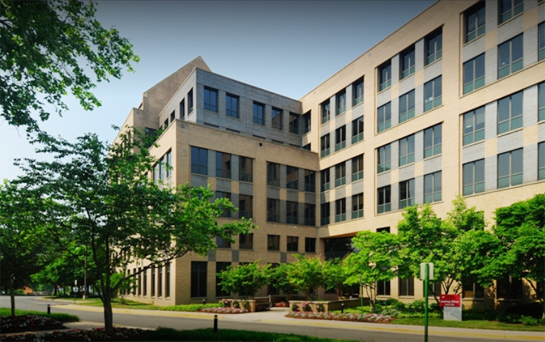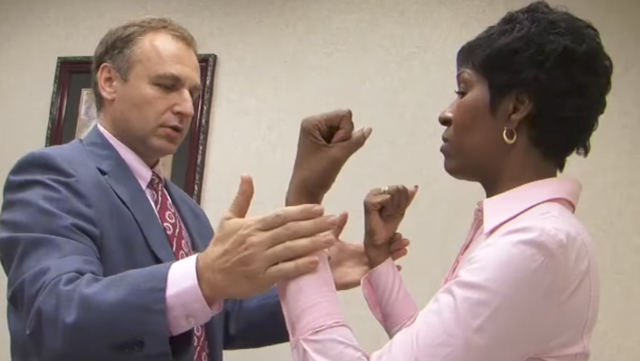Surgery for Lumbar for Spondylosis or Spondylolisthesis

Lumbar spondylosis, also known as degenerative disc disease, occurs when the lumbar spine starts to degenerate leading to spinal stenosis, vertebral instability, or misalignment. These conditions are usually characterized by lower back or leg pain, weakness or numbness. This condition can also be associated with spondylolisthesis, a condition when one vertebra slips forward in relationship to the vertebrae below, resulting in instability.
Your surgeon will suggest undergoing surgery if non-operative treatment techniques, such as physical therapy and medication, have failed to work or if your clinical presentation and radiographic findings are advanced, precluding nonsurgical options.
Am I A Candidate For Lumbar Spondylosis Surgery?
You may require a lumbar spondylosis surgery if you have a spinal stenosis, neurological deficits caused by compression in your spinal cord, unstable spine or other spine conditions such as severe numbness, weakness, or tingling in your arm or legs. Surgery is not necessarily recommended for pain relief or resolution of numbness and tingling. Sometimes surgery is recommended in an effort to arrest further neurological deterioration and to restore function as much as reasonable possible irrespective of the level of presenting pain.
What Should I Expect During The Treatment?
Lumbar spondylosis surgery involves two operations which are performed simultaneously. This includes a decompression, otherwise known as a laminectomy, followed by a spine fusion with pedicle screw instrumentation and possibly interbody disc spacers.
In some cases, decompression cannot be done without the added benefits of instrumentation and fusion because of the underlying instability of the spine especially in conditions such as spondylolisthesis, also known as anterolisthesis of the spine. This is why a spinal fusion is required to provide maximum support for your vertebra.
There are various decompression surgical options your surgeon may have during a lumbar spondylosis. These include a foraminotomy, facetectomy, laminectomy, and laminotomy or discectomy. These procedures are commonly performed through a posterior approach.
Occasionally we recommend an anterolateral approach to the spine (XLIF) to decompress and stabilize the spine. This may be followed by a posterior approach and fusion of the vertebrae with instrumentation. Spinal instrumentation allows for early mobility, recovery and rehabilitation. Often the patient is requested to ambulate the day of surgery, while the fusion is occurring in the background. Fusion typically involves the use of bone graft and if successful, it may take up to 6-12 months to fully incorporate.
There are other stabilization techniques your surgeon may consider, besides a spinal fusion. These include Interspinious Process Decompression and Dynamic Stabilization. We encourage you to address any questions with Dr. Jebraili at the time of your visit.
Do I Need To Follow Any Special Instructions Following My Treatment?
The typical length of hospital stay after spinal fusion surgery is generally 2 days. Some patients are discharged within 24 hours. Patient will be evaluated again within in 2-4 weeks to monitor their incision. They may then begin a course of postoperative physical therapy. Maximal medical recovery may take up to a year but this period varies between patients. Dr. Jebraili utilities an individualized post operative care plan consisting of some or all of the following: pain relievers, muscle relaxants, bracing, icing machine and postoperative physical therapy.
Contact our team at Commonwealth Neurosurgery to book an appointment or to obtain more information!








